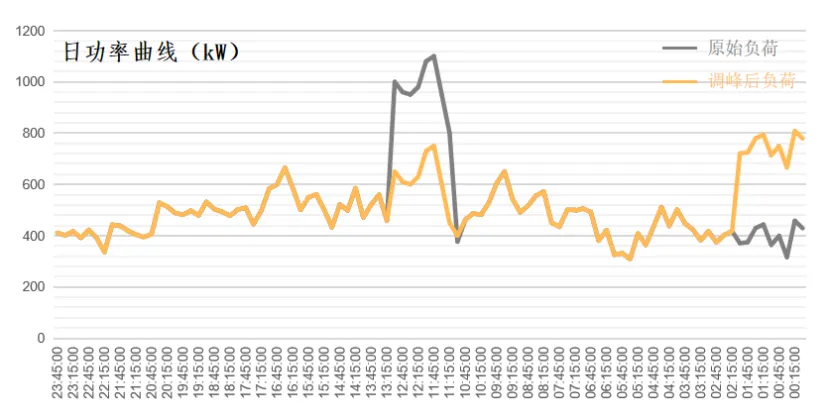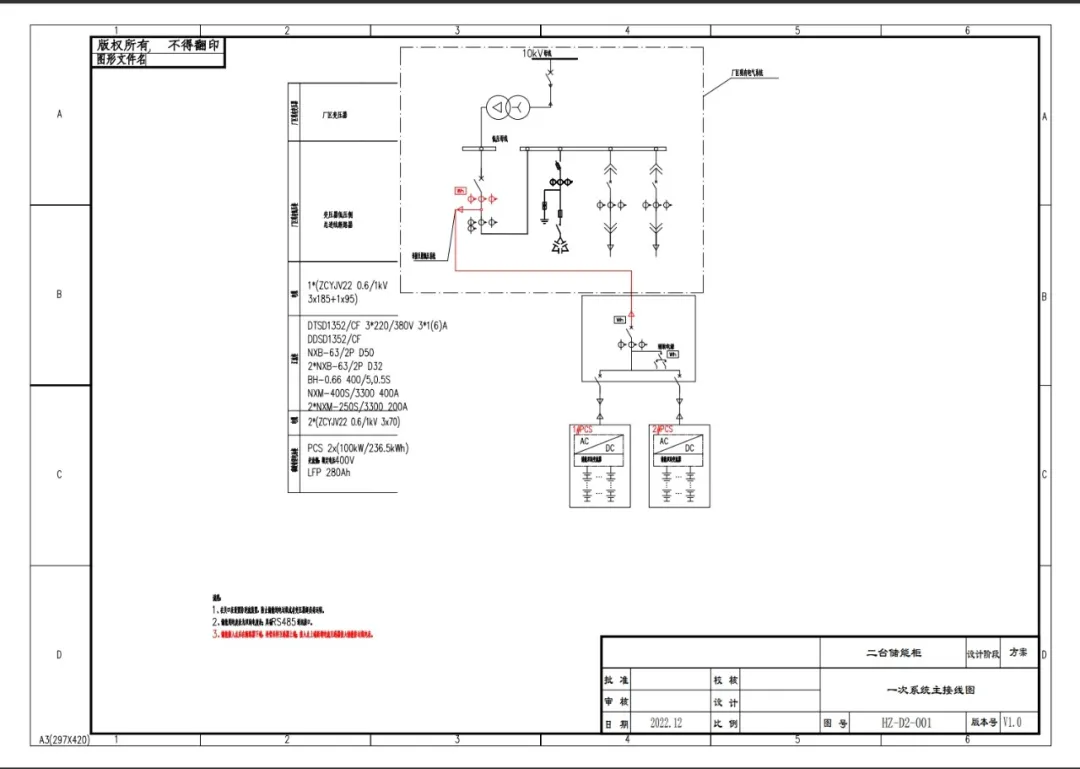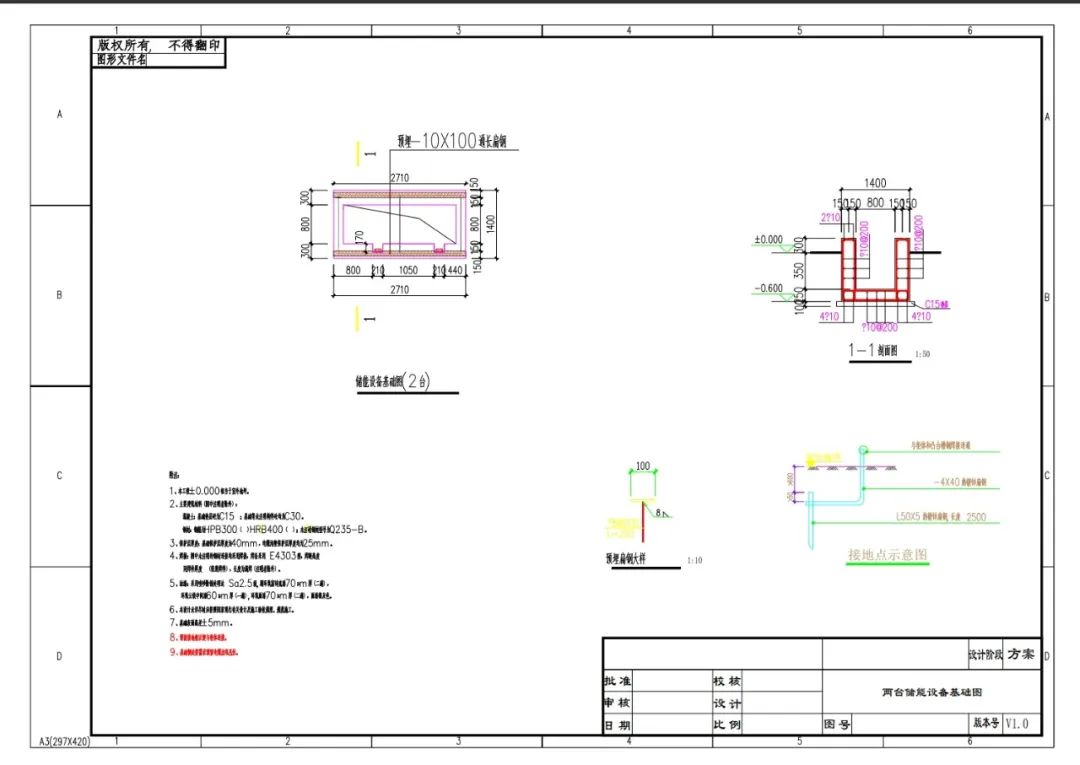Industrial and commercial energy storage is emerging as an important component of demand response, with significant advantages. With stronger policy support and the potential for market participation to increase economic benefits, it is becoming more competitive and has greater development potential, positioning it as the next big opportunity. Currently, China’s industrial and commercial energy storage market is booming, attracting significant capital and companies from various sectors, including home appliances, energy, consumer electronics, environmental protection, lithium batteries, and photovoltaics. Below are several pitfalls in industrial and commercial energy storage to help new entrants avoid detours.
1. High Entry Barriers for Investors
To enter the industrial and commercial user-side energy storage market, the first hurdle is the investor. They have a series of requirements regarding the nature of the power-using enterprise, industry development prospects, credit records, etc. Like choosing a partner, they prefer stable, reliable enterprises with growth potential. This requirement excludes many initially interested companies.
2. Tedious Material Preparation
During the project development phase, the materials required by investors are overwhelming. Besides the usual electricity bills and corporate credit reports, detailed load data down to the minute and electricity usage analysis are also needed. Preparing these materials is time-consuming and labor-intensive, posing a significant challenge for project teams.
3. Lengthy Processes for Investors
After submitting the materials, a long waiting period ensues. The investors' process is complex and lengthy, often taking several months from initial contact to final signing. During this time, the project team needs to wait patiently and maintain close communication with the investors.
4. Limited Economic Benefits
Frankly, the direct economic benefits that industrial and commercial energy storage can bring to enterprises are limited. Most power-using enterprises are more concerned with reducing electricity costs and improving electricity efficiency. Therefore, to attract their interest, we need to present more persuasive plans and case studies.
5. Construction Difficulty and Complex Relations with Power Departments
The last pitfall is construction difficulty. Industrial and commercial user-side energy storage projects require approval from the power department and must comply with strict power safety regulations and technical standards. Additionally, establishing good relationships with the power department during construction is crucial to ensure the project's smooth progress.
From the early development to the later construction and operation of industrial and commercial energy storage systems, the entire process often takes 3 to 6 months or even longer. Effectively developing and building projects requires a thorough understanding of the entire development and implementation process.
Below is a comprehensive explanation of the development and construction of industrial and commercial energy storage power stations, covering project development, data collection, project design, contract signing, and project implementation.
Project Development
Key factors include peak-valley electricity price differences, local policy subsidies, annual electricity usage time, and electricity consumption. Ideally, choose areas where the peak-valley price difference is no less than 0.7 yuan/kWh—the greater the price difference, the better.
Currently, regions with better policies are mainly in Zhejiang, Guangdong, Jiangsu, and Anhui.
In principle, enterprises should use electricity for at least 330 days a year with an annual electricity consumption of no less than 6 million kWh. The fire hazard level of user production and storage items should be other than Class A and B.
Other considerations include the plant location and substation conditions. To reduce project investment, it is advisable to place the project near the substation while meeting fire safety requirements.
Project Investment
Necessary documents include electricity bills for the last 12 months, load curves of the power-using enterprises, single-line diagrams or transformer capacity and quantity, site conditions, and area, as well as the working and maintenance times of the power-using enterprises.
Project Design
This involves determining PCS power and battery capacity, electrical design, overall layout, lightning protection and grounding, fire protection, and civil engineering design.
Contract Signing
Based on preliminary data collection and site survey, and after reaching an agreement with the user on the cooperation model, a project intent cooperation letter or framework agreement can be signed according to the user's preference. A project proposal is then compiled for the user's decision-making, and the project plan is further refined based on user feedback.
Once the cooperation model and plan are preliminarily agreed upon or an intent cooperation letter is signed, the investor's internal project initiation and decision-making procedures are followed. After meeting the internal decision requirements and boundary conditions, a formal cooperation agreement is signed.
The investment entity sets up a project company or uses an existing company in the area as the project implementation body and the main entity responsible for handling various procedures later.
Project Implementation
Pre-construction procedures include:
- Project filing with the Development and Reform Commission (mandatory)
- Power access approval (mandatory)
- Fire design review (determined by power and capacity)
- Environmental impact assessment report (based on local policies)
- Safety evaluation report (based on local policies)
- Engineering quality supervision procedures (determined by power and capacity)
- Energy conservation review opinions (based on local policies)
Post-construction procedures include:
- The construction unit organizes project acceptance and issues a completion acceptance report.
- The construction unit organizes grid connection acceptance. A testing agency issues a grid connection test report, and the power grid company provides grid connection acceptance opinions, subject to local grid company requirements.
- Depending on the scale of the energy storage power station, construction engineering fire acceptance or fire filing procedures need to be completed, subject to local requirements.
If you're interested in learning more about our solar energy storage offerings, we encourage you to explore our product line. We offer a range of panels and battery that are designed for various applications and budgets, so you're sure to find the right solution for your needs.
Website:www.fgreenpv.com
Email:Info@fgreenpv.com
WhatsApp:+86 17311228539
Post time: Jul-03-2024














